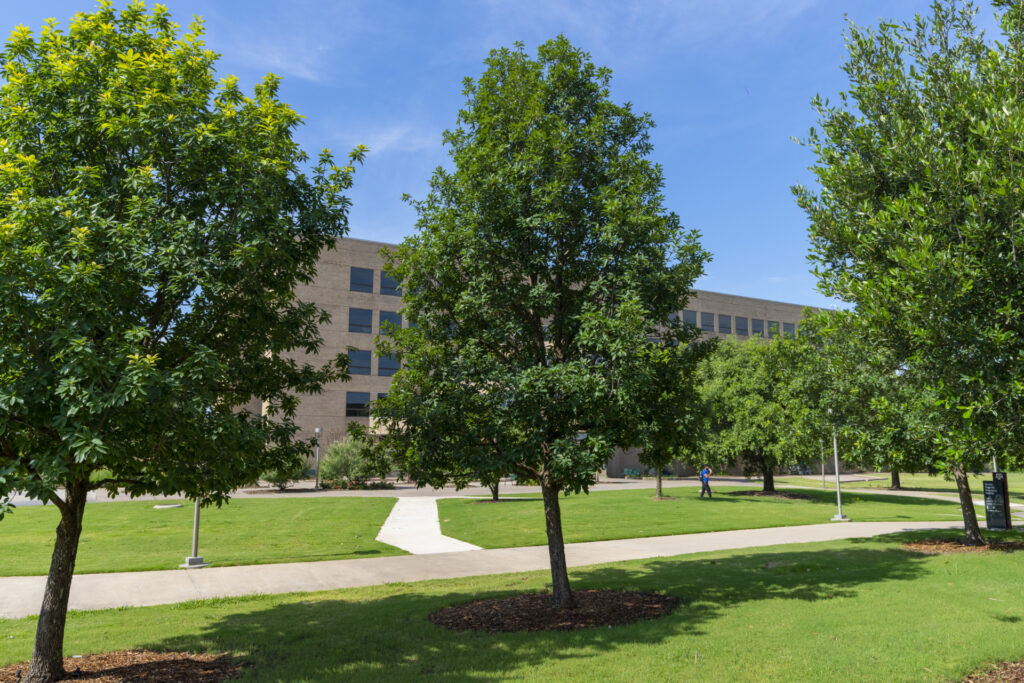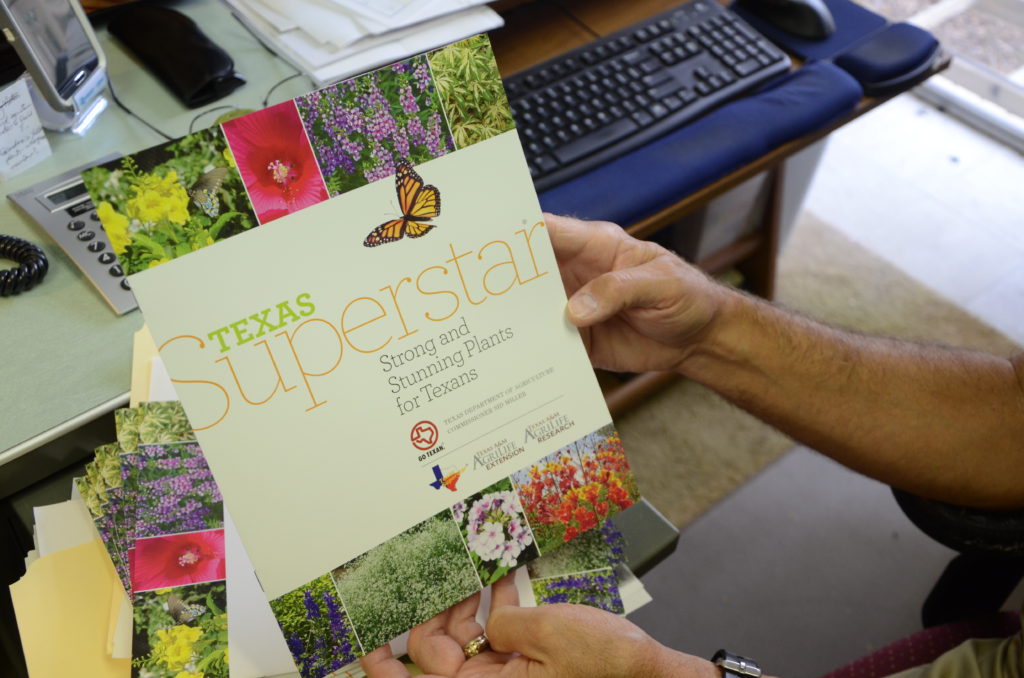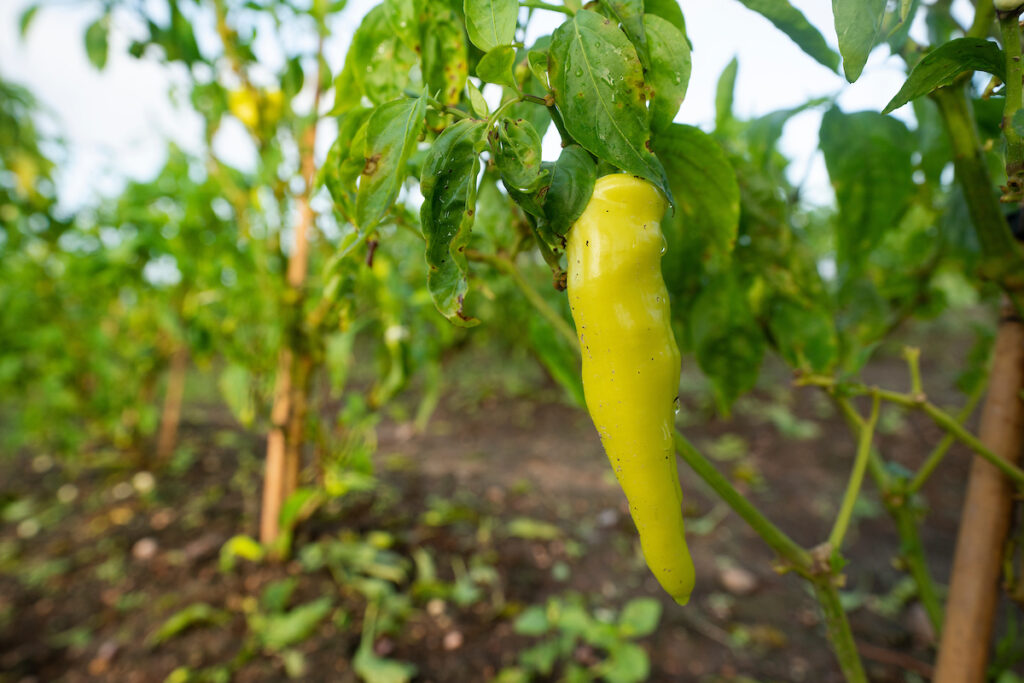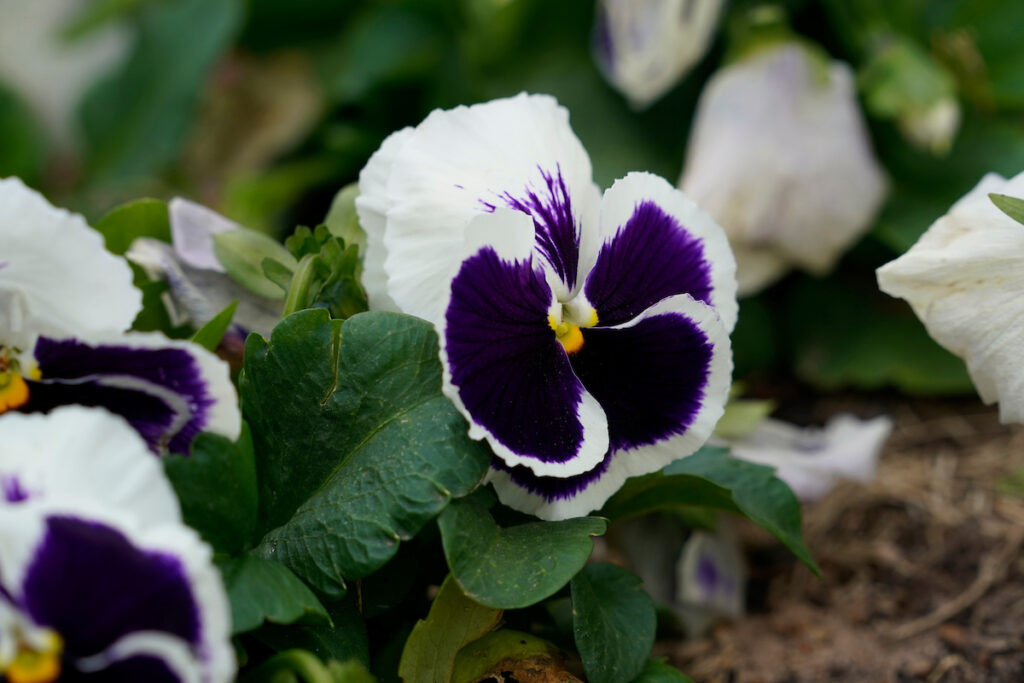Water restrictions: Decide which trees, plants to prioritize when water is limited
Texas A&M AgriLife’s August Gardening Guide
Most Texans are more than ready for an end to what seems like a never-ending heat wave. Your garden plants, trees and lawn most likely would echo that same sentiment if they could.

“Many of us are on water restrictions, meaning we can only water limited amounts,” said Larry Stein, Ph.D., Texas A&M AgriLife Extension Service horticultural specialist, Uvalde, and professor in the Texas A&M College of Agriculture and Life Sciences Department of Horticultural Sciences. “If you don’t have enough water for your entire yard or garden, it’s best to concentrate on the most valuable plants in your landscape, which is probably your trees.”
But not all trees are created equal. The more established and deeply rooted the tree, the less water it will need to survive.
“The species of tree should be considered when determining which ones should be prioritized for resources,” he said. “In Texas, long-lived trees such as oaks, pecans and elms should be prioritized over ash or mulberry, etc. An ash tree planted here only has a short lifespan anyway.”
Stein said no one wants to hear that trees should go, but sacrificing some trees now may help other trees not just to survive when water is limited, but to thrive moving forward.
Look up at your trees’ canopies to get an idea of which ones may need to go. There should be long branches and a full cylindrical canopy around the trunk. If not, it isn’t getting the resources it needs. The fewer the trees, the more cylindrical your remaining canopies will be.
The edge of a tree’s canopy, or drip line, and outward should dictate where you water the ground. Water should be concentrated at the drip line because it is where it is needed to reach the most effective roots.
During times of drought, established trees can probably get by on 1 to 2 gallons per inch of trunk diameter, once a week. A little bit of water is better than no water. A few inches of mulch around the drip line will help a tree retain moisture, and watering early morning and in the evening will prevent as much evaporation loss as possible. Using a hose, drip system or bubbler to water is more efficient than sprinklers.
“Trees can become competitors with each other for resources like water when they are too close together,” Stein said. “Any trees within 10-15 feet of each other are competing for resources.”

Keep the big landscape picture in mind when facing water restrictions
When deciding where water is best utilized, people should also consider the cost to replace a tree or plant and how long it would take to get them to the size they want. Mature trees add curb appeal and can raise the value of your home.
“Many trees really are the focal point or star of our yards and gardens,” Stein said.
When planting new trees, people need to keep in mind to plant them far enough apart and consider the resources they will require and the size they may ultimately grow to be, he said.
Stein said things recently planted need special consideration when deciding where your water should go.
“The things you just planted, those are the most critical,” he said. “Until new trees and plants have time to become established, they need water that first year. Even if folks have planted natives, without water those native plants can’t survive.”
Stein said Texans not under water restrictions should continue to maintain good water for ornamentals and summer blooming plants and evaluate the volume of water delivered from lawn sprinklers to ensure healthy, stress-free grass during the heat of the summer.
And for the rest of the state with restrictions or wells starting to dry up?
Based on the weather and the long-range forecast, Stein said the outlook is not good right now, so the bottom line is that drought tolerance may need to become part of your long-term decision-making process.

“Now is a good time to assess what plants aren’t doing well and decide you may need to move on without them or replace them with something better suited to your region and conditions in the future,” said Stein. “Decide what is thriving, struggling and what needs to be removed. Whatever summer took a toll on this year won’t have it any easier next season.”
He said Texas Superstar plants are good options.
Texas Superstar are plants that are highly recommended by AgriLife Extension for their ability to thrive in Texas. The Texas Superstar designation indicates that the plant has performed well for growers, is easy to propagate, widely available and reasonably priced.
Pride-of-Barbados and gold star Esperanza are two colorful Texas Superstar options that are blooming right now. Stein said a free, online Texas Superstar brochure is available that can be read and printed out for reference when shopping for plants.
“It isn’t a question of if, but when rain will come,” Stein said. “We just have to hang in there until then and start making future decisions for our yards that take into account Texas has heatwaves and droughts.”
Garden tips for August
Stein said gardeners need to be on the lookout for pests like chinch bugs and should start preparing for fall. Here he offers his top tips for August.
Remove spent crops
Remove spent garden crops like squash, green beans, etc., to get ready for fall.

Protect pecans
Water is key this month for the fill of pecans; key pests include shuckworm, black aphids and pecan weevil.
Plan for cool-season garden produce
By mid-to-late August many fall vegetable seeds and even small plants may be set out for later production. The young plants will need extra water and a little shade while they are becoming established. The result will be excellent cool season garden produce.
Prepare roses for fall
Shear roses for fall bloom; prune out dead canes and any weak, brushy growth. Cut back tall, vigorous bushes to about 30 inches. After pruning, apply fertilizer and water thoroughly.
Take action to encourage more blooms
Shear perennial shrubs like Salvia greggii for compact growth and more blooms; trim off faded flowers on crape myrtles and vitex to encourage later rebloom. Picking flowers frequently encourages most annuals and perennials to flower even more abundantly.
Prune what is dead or diseased from trees, shrubs
Prune out dead or diseased wood from trees and shrubs. Hold off on major pruning from now until midwinter. Severe pruning at this time will only stimulate tender new growth prior to frost. Oak trees can be pruned but make sure to still paint the wounds.

Sow cool-season flower seeds for fall
Sow seeds of snapdragons, dianthus, pansies, calendulas and other cool-season flowers in flats, or in well-prepared areas of the garden, for planting during mid-to-late fall.
Pick produce
Pick okra, peas and peppers often to maintain production. Take advantage of the crops that do well in the heat so you have produce through the summer season.
Don’t procrastinate a new compost pile
Establish a new compost pile to accommodate the fall leaf accumulation if you have not already done so.


